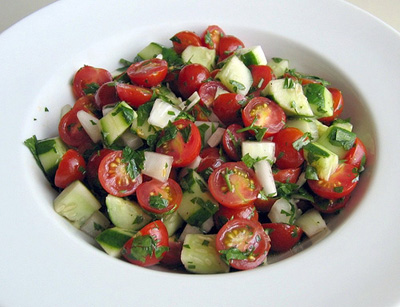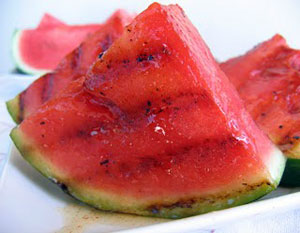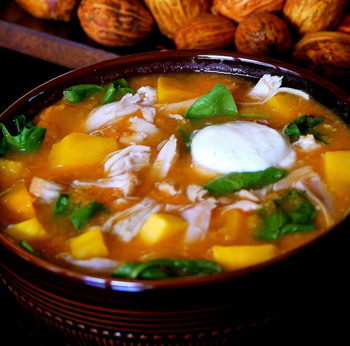 Picked up a pint or quart of cherry tomatoes at the greenmarket? Or harvested some from your garden? You could eat them as they are or make something special. What would you make with them?
Picked up a pint or quart of cherry tomatoes at the greenmarket? Or harvested some from your garden? You could eat them as they are or make something special. What would you make with them?
The tomato plants in my garden have provided for many relatives, friends, and coworkers. With such a surplus we were giving them away as fast as they were growing. Cherry tomatoes, such little bursts of summer freshness, are great for a light salad, combining other vegetables and herbs from the garden like onion, cucumber, and parsley.
Great for accompanying grilled meats or roast chicken, this recipe for cherry tomato salad is sure to be a highlight of summer’s end. Make it any time of the year too, but it’s most refreshing when made with perfectly ripened tomatoes.

 I don’t know if I would really call this dish a “recipe”. No need for measuring cups, measuring spoons, tons of ingredients, or chopping. I cannot tell you how many times I have thrown some fresh mozzarella, heirloom tomatoes, and some basil together to enhance a meal. A little good olive oil, some balsamic, fresh ground pepper, and coarse salt creates a fresh, tasty, savory, and sweet dish.
I don’t know if I would really call this dish a “recipe”. No need for measuring cups, measuring spoons, tons of ingredients, or chopping. I cannot tell you how many times I have thrown some fresh mozzarella, heirloom tomatoes, and some basil together to enhance a meal. A little good olive oil, some balsamic, fresh ground pepper, and coarse salt creates a fresh, tasty, savory, and sweet dish. Better than punch, tea, and even lemonade, aguas frescas are drinks made of fresh fruit puree. In Mexico they are typically made with tropical fruits, melons, and even grains—which include the rice drink horchata. Street vendors popularized the drink but nowadays you can even find agua fresca made in top restaurants. The Mexican soft drink company Jarritos is based on traditional aguas frescas recipes, but replaces water with soda.
Better than punch, tea, and even lemonade, aguas frescas are drinks made of fresh fruit puree. In Mexico they are typically made with tropical fruits, melons, and even grains—which include the rice drink horchata. Street vendors popularized the drink but nowadays you can even find agua fresca made in top restaurants. The Mexican soft drink company Jarritos is based on traditional aguas frescas recipes, but replaces water with soda. XL Blanket
XL Blanket BioLite
BioLite I figure I’ve eaten about 20 pounds of watermelon this summer. Fortunately, it’s 92% water and 0% fat, so my clothes still fit fine.
I figure I’ve eaten about 20 pounds of watermelon this summer. Fortunately, it’s 92% water and 0% fat, so my clothes still fit fine.